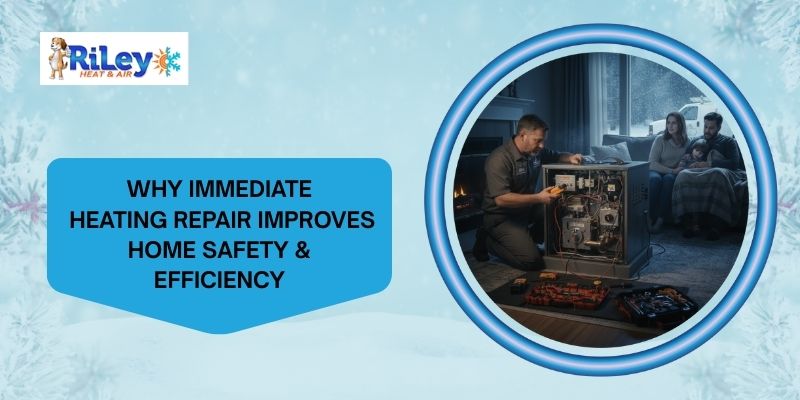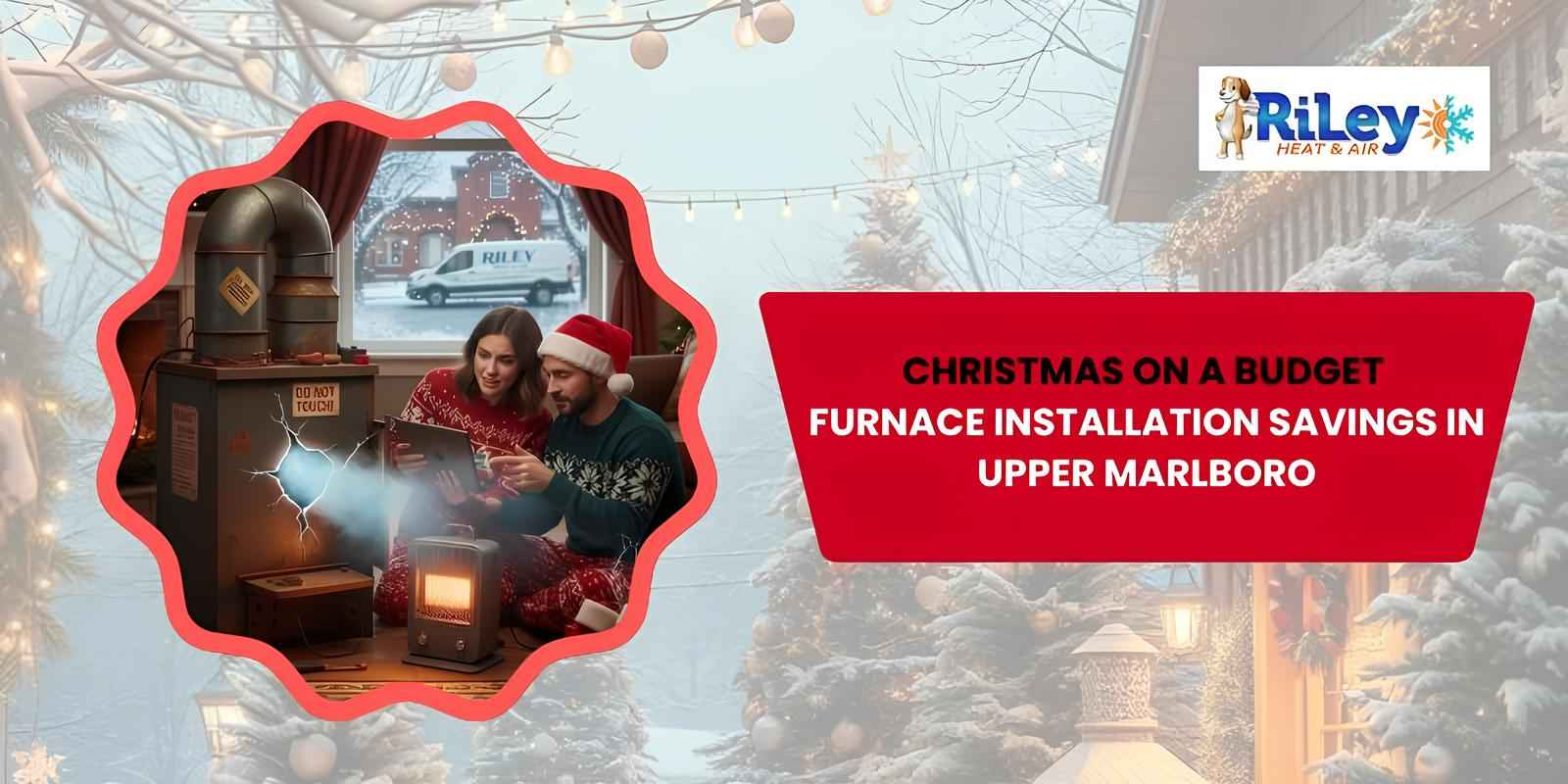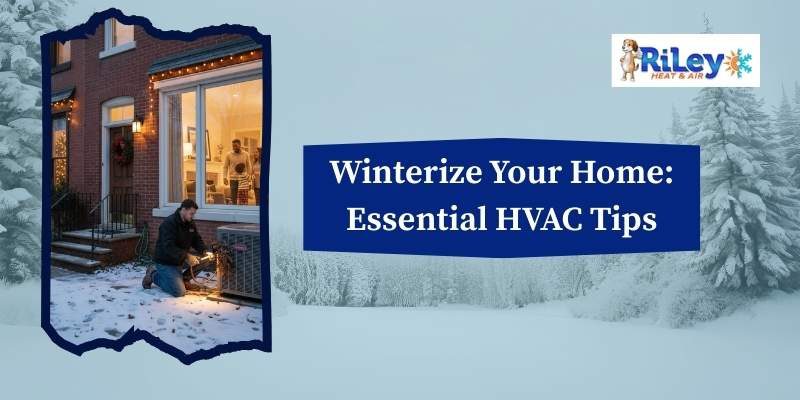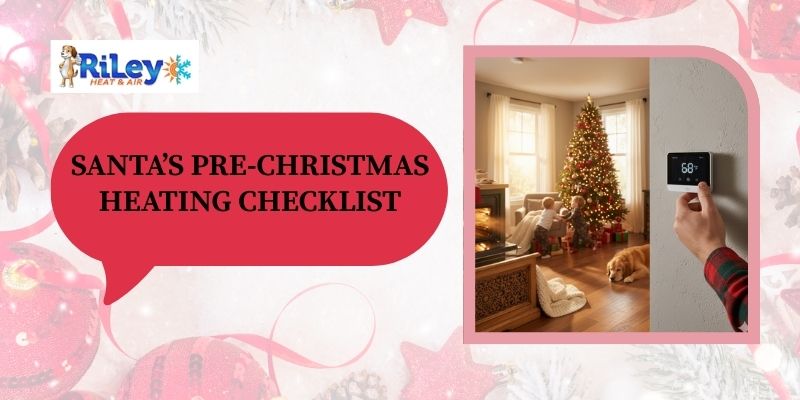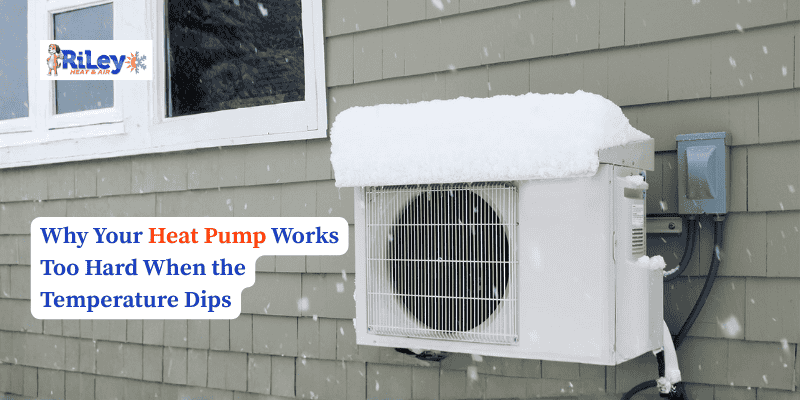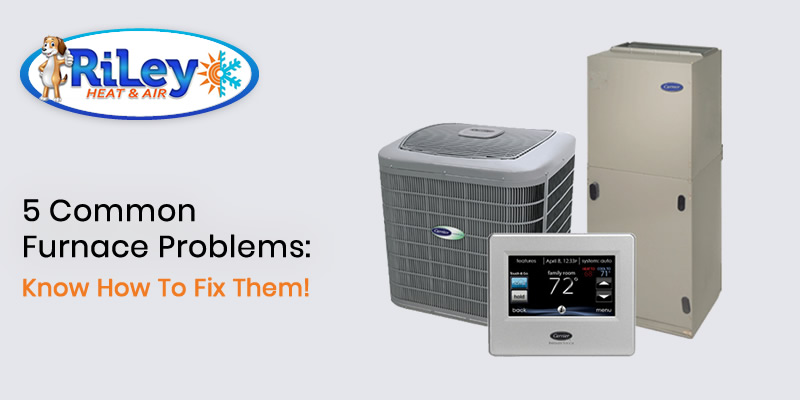
5 Common Furnace Problems: Know How To Fix Them!
Cool your home with a furnace maintenance checklist and optimize the efficiency of temperature while limiting HVAC maintenance expenses by reducing heat loss.
Many home-makers go the tried and tested route of calling a trusted HVAC company to provide their furnace for the winter months while some attempt a DIY approach.
We direct a yearly administration check by an expert to guarantee your framework is prepared for optimal execution. In any case, if you're waiting to take some key sustainable strides yourself, the accompanying agenda will help you effectively set up your heater for the winter season.
Heating and cooling together share approximately 48% of energy use in a typical US home making it the largest energy expenditure for most homes.
The thought process in preparing a suitable furnace for the homes is to reduce heat loss and minimize your bills.
Properly calibrate your thermostat:
Set your thermostat back 7-10 degree fahrenheit for 8 hours a day to get money savings of approximately $83 a year. If your thermostat is not properly calibrated, you could be overspending on energy. Your thermostat can get misaligned with ingress of dirt or if it gets mistakenly bumped. Have your thermostat checked and calibrated annually or if possible, use a computerized thermostat for optimum cost-savings and fuel-efficiency.
Switch Your Furnace’s Filter to Avoid Trouble:
You may have transformed the filter toward the heating season, or in some cases, you may have overlooked. A new filter costs close to nothing, while a heater is so expensive, why hazard taking chances?
Changing the filter is simple and puts you well on your path to setting up your heater for winter. Utilizing old filters puts more weight on the blower and can prompt mechanical failures from time to time.
Filters and coils ought to be cleaned so the muck inside doesn't traverse in your home. Clean or replace filters on heaters once every month or as prescribed.
Muddy filters make your heater work more frequently. In any case, you should replace an expendable filter at regular intervals (winter and summer) or as recommended by the manufacturer.
Clean warm-air registers, baseboard radiators, and radiators as required. Ensure they're not obstructed by furniture, covering, or window hangings.
Furnace does not diffuse air:
Investigate the look-in window on the heater. Ensure the blower is clear of any waste. Additionally, there ought to be a blazing light; green or red.
Check the manual certainly. In the event that the light is green, it's alright; if red, call for administration. Also, if there is no light, the furnace problem may be with the thermostat, blower motor, the run capacitor, heater control board or transformer.
Test Your Detectors every half yearly:
You'll need to check your carbon monoxide and smoke alarms. Purchase a carbon monoxide (CO) locator and spare yourself a breather by putting a couple of dollars in a carbon monoxide identifier.
You can append it around 15 feet from the heater. Keep in mind that carbon monoxide is unscented and undetectable, making it immensely hazardous.
Check and close Your ducts shut:
Studies show 10 to 30 percent of warmed or cooled air in a normal framework escapes from pipes.
Conduits that break air into a storage room or crawl space can burden several dollars per year to your warming and cooling bills.
The ventilation work that transports the warmed air all through your home will regularly end up tarnished with age. As and when this happens, you are opening your indoor air up to microscopic air contaminants that can cause adverse effects on hypersensitivity and asthma indications and contrarily influence your well-being.
There are many problems testing the adroitness of a furnace but with some tuning, you can overcome it and bring some warmth to an otherwise cold and clammy season.
Tags :


